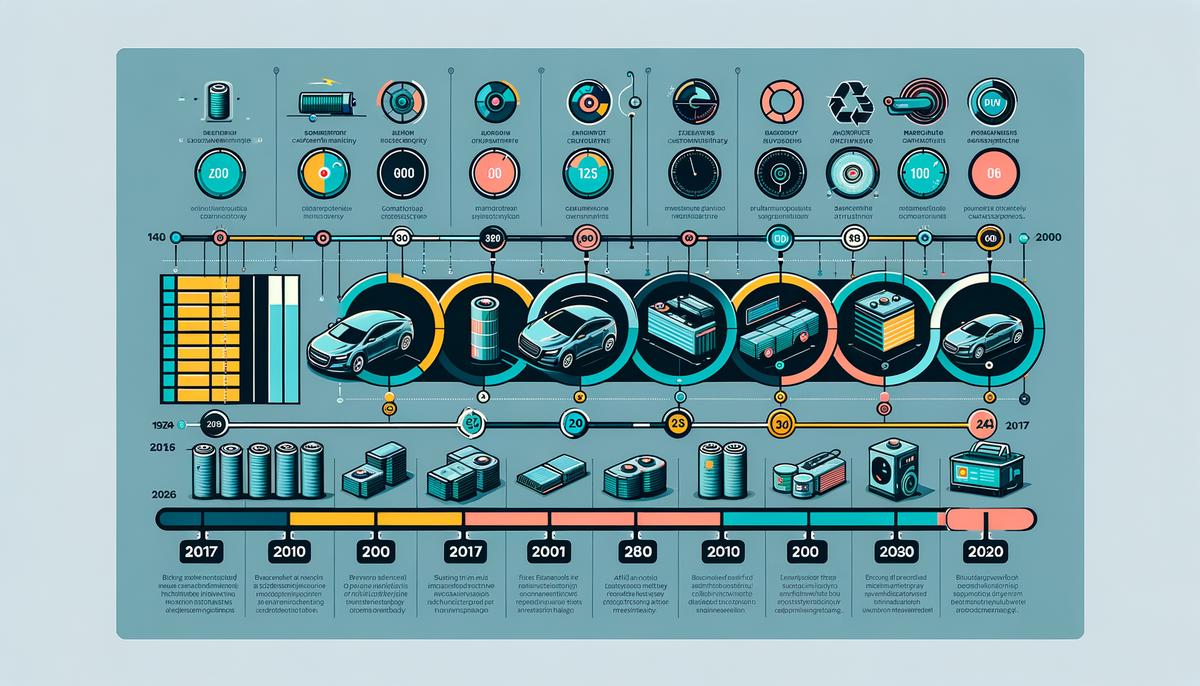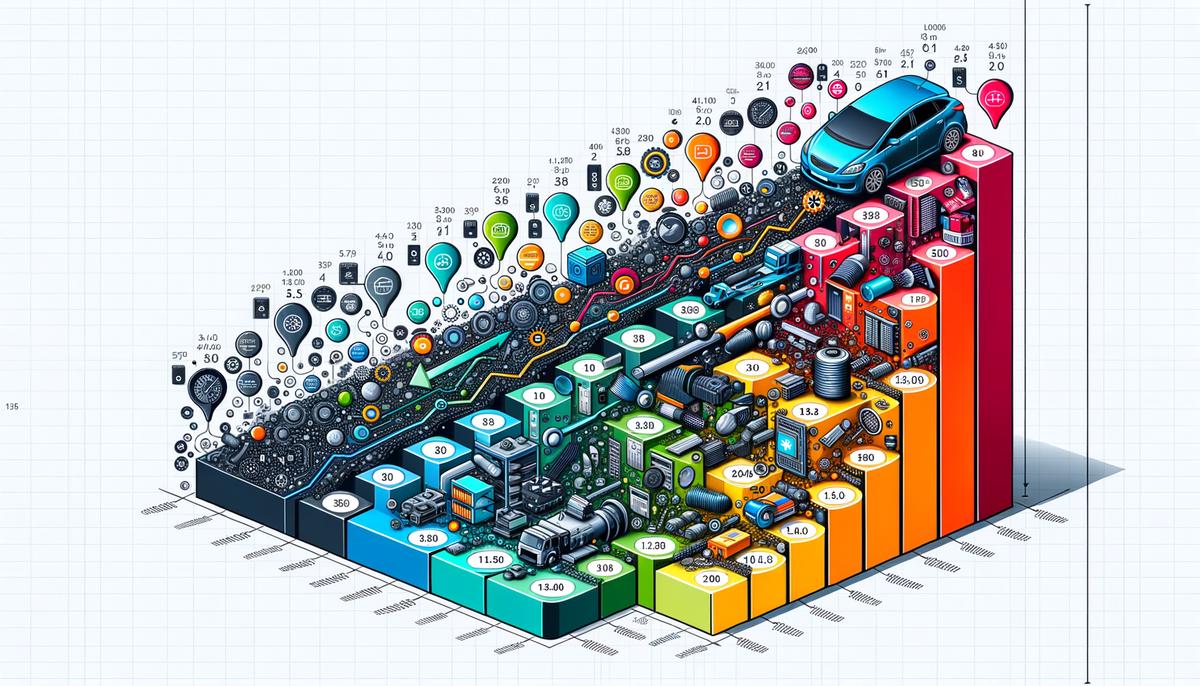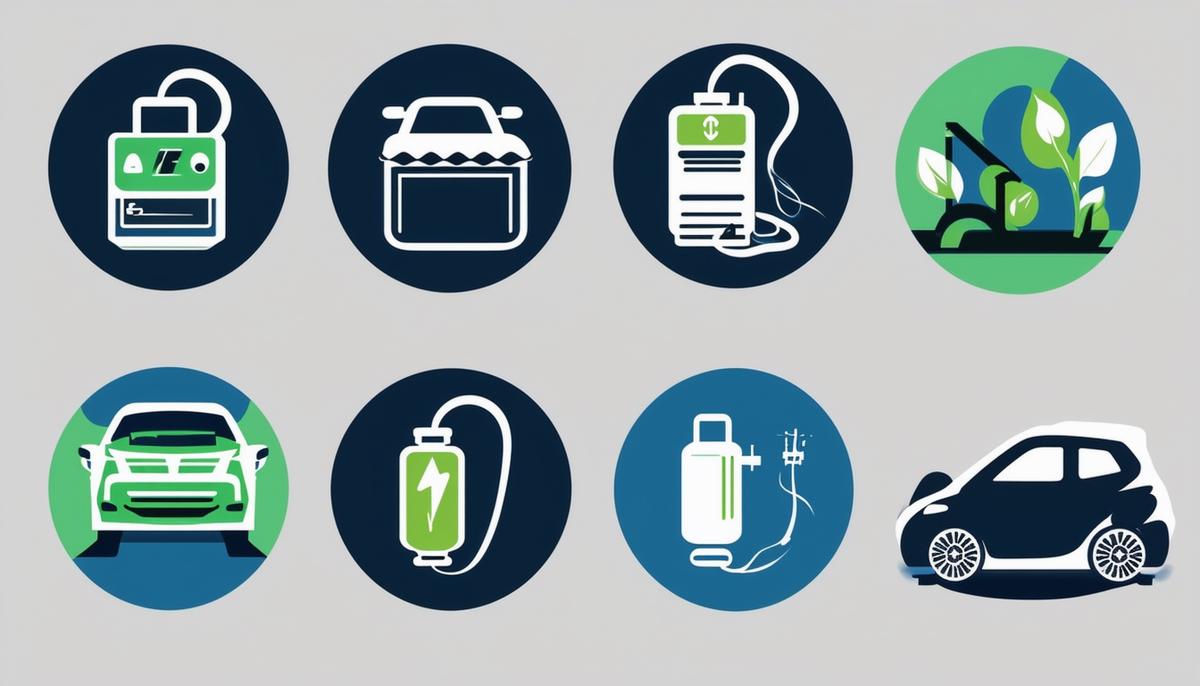EV Battery Replacement Frequency
Modern EV batteries should last between 12 to 15 years or 100,000 to 200,000 miles. This lifespan generally exceeds the average vehicle ownership period of eight years, making battery replacements a rarity. Additionally, only 1.5% of EVs require battery replacements outside of major recalls.
Key to their durability is their construction. Advanced systems monitor charging and usage to extend battery life. It's not dissimilar from how a smart thermostat manages home heating. This technology ensures today's EV batteries far outlast their predecessors and the lithium-ion batteries in phones.
Manufacturers must offer a battery warranty of at least eight years, or 100,000 miles. California requires 10 years or 150,000 miles of coverage. Most warranties cover the full cost of battery replacement. But some will only replace it if it dies on its own, excluding damage from flooding, fires, or vandalism.

Cost of EV Battery Replacement
Replacing an EV battery can be a significant expense, with prices ranging from $2,500 to as much as $20,000. The high cost is primarily due to the expensive materials required for production. However, the cost outlook is improving, with expectations that battery prices will decrease as lithium prices drop in the coming years.
Despite the initial cost, EV manufacturers offer robust warranties that significantly cushion potential replacement costs. By federal law, manufacturers must provide a warranty covering at least eight years or 100,000 miles for the battery. If you are in California, the requirements are even more generous, extending to 10 years or 150,000 miles. These warranties provide a substantial safety net, ensuring most battery replacements, should they be necessary, are covered without additional expenses to the owner.
It's worth noting most warranties will fully cover the cost of battery replacement. However, it's crucial to read the fine print. Some manufacturers may have stipulations where the warranty only covers a battery replacement if it fails on its own, excluding damages due to external factors like flooding, fires, or vandalism.
The high upfront cost of EV battery replacement might make potential buyers apprehensive. However, with warranties providing a solid buffer, and anticipation of decreasing battery prices, owning an EV is becoming increasingly economical and practical.

Proper Care to Avoid Battery Replacement
Proper care is the cornerstone of avoiding costly EV battery replacements. It requires consistent attention to a few critical factors:
- Avoiding Extreme Temperatures
Temperatures that are too high or too low can significantly shorten your battery's life. If you live in an area with intense heat or cold, consider storing your EV in a climate-controlled garage. - Maintaining Optimal Charge Levels
Keeping your battery charged between 20% and 80% can significantly prolong its lifespan. Letting the battery completely deplete or keeping it consistently at full charge creates unnecessary strain. - Avoiding Prolonged Full or Empty Charge States
If you're planning on parking your EV for an extended period, don't leave it with a full or empty battery. A 50% charge is ideal if your vehicle will be sitting unused for a while. - Limiting the Use of DC Fast Charging
DC fast charging is fantastic for road trips and emergencies but is best limited for daily charging, as the rapid process generates heat that can degrade the battery over time. - Monitoring Driving Habits
Rapid acceleration, especially in cold weather, can take a toll on the battery. Smooth, consistent driving extends battery life and improves mileage.
By integrating these habits into your daily routine, you can help ensure your EV battery remains in optimal condition for years to come. Taking proper care is a smart financial decision and a proactive way to enhance the efficiency and lifespan of your vehicle.

Tesla's 12V Battery Notifications
Tesla's proactive approach to vehicle maintenance now includes issuing push notifications when the 12V battery needs replacement. This lower-voltage battery powers essential functions like lights, wipers, and dashboard displays.
Last year, Tesla made a significant switch from using traditional 12V lead-acid batteries to more durable lithium-ion ones. This change offers a substantial improvement in longevity and reliability. Lithium-ion batteries are lighter, last longer, and are optimized for the unique needs of electric vehicles.
Receiving an in-car push notification about your 12V battery needing replacement is convenient. It encourages timely scheduling of service appointments, ensuring you never miss out on vital maintenance tasks. Not only does this save you the surprise of an unexpected breakdown, but it also keeps your vehicle running smoothly and efficiently.
Tesla's advanced integration of vehicle information systems means the company has near-complete access to data on every aspect of the car. This capability allows for a holistic maintenance strategy where technology intuitively prompts you about critical elements like low tire pressure, windshield wiper fluid, and headlamp issues.
Tesla's dedication to perfecting battery technology is evident in collaborations with institutions like Dalhousie University. Research led by Dr. Jeff Dahn suggests that Tesla may soon produce Li-ion batteries capable of lasting up to 100 years.
These push notifications are a simple yet effective reminder of Tesla's broader vision: creating a seamless, user-friendly experience for EV owners. The goal is to make routine maintenance almost an afterthought, providing peace of mind with just a glance at your dashboard.
Proper care and understanding of your EV battery can significantly extend its life, making replacements a rare occurrence. By following simple maintenance tips and leveraging advancements in battery technology, you can maximize your investment in an electric vehicle.
- Wood E, Rames C, Muratori M, et al. Lithium Ion Battery Cost Unpacked—Trends from BatPaC Model Estimates of Real-World Battery Pack Manufacturing Costs. Joule. 2022;6(1):230-243.
- Hossain E, Murtaugh D, Mody J, Faruque HM, Sunny MS, Mohammad N. A Comprehensive Review on Second-Life Battery Applications, Repurposing, Estimation of State of Health, Remanufacturing Considerations, Energy Storage Technology Comparison and Importance of Ageing Models. J Power Sources Adv. 2021;1:100003.
- Dahn JR, Burns JC, Ye D, et al. Automotive Battery Technology: Opportunities and Challenges in Moving Lithium-Ion Batteries to Higher Electrolyte Concentrations. J Electrochem Soc. 2022;169(3):030536.
Leave a Reply